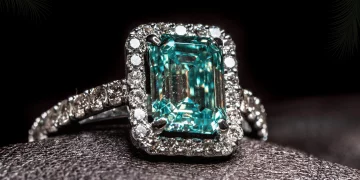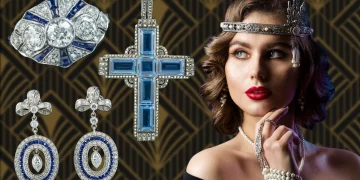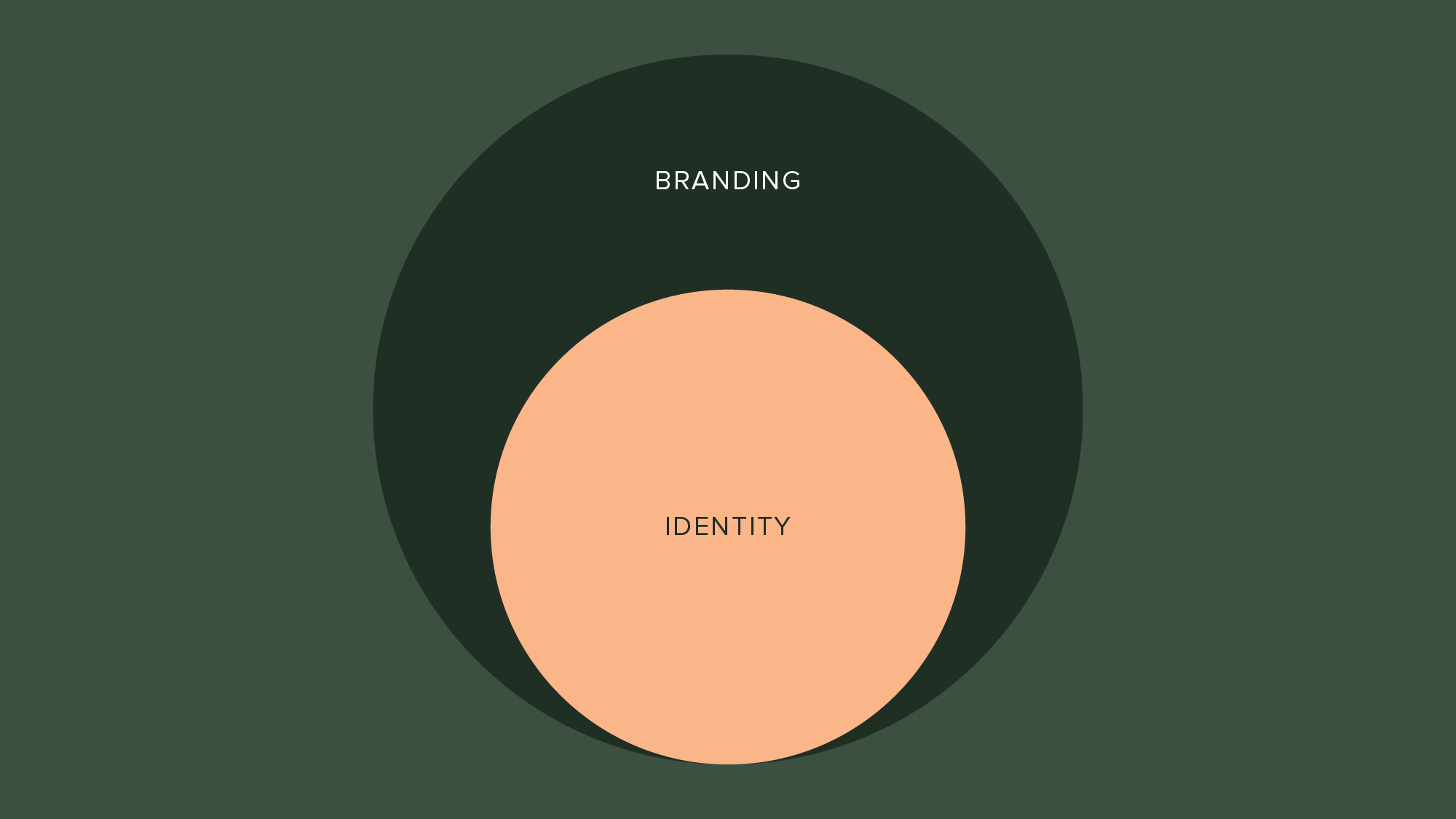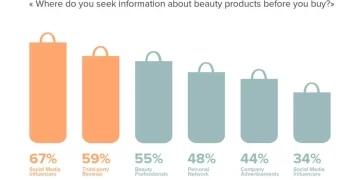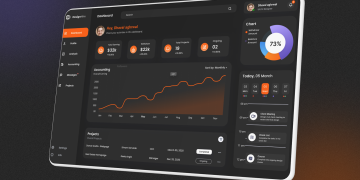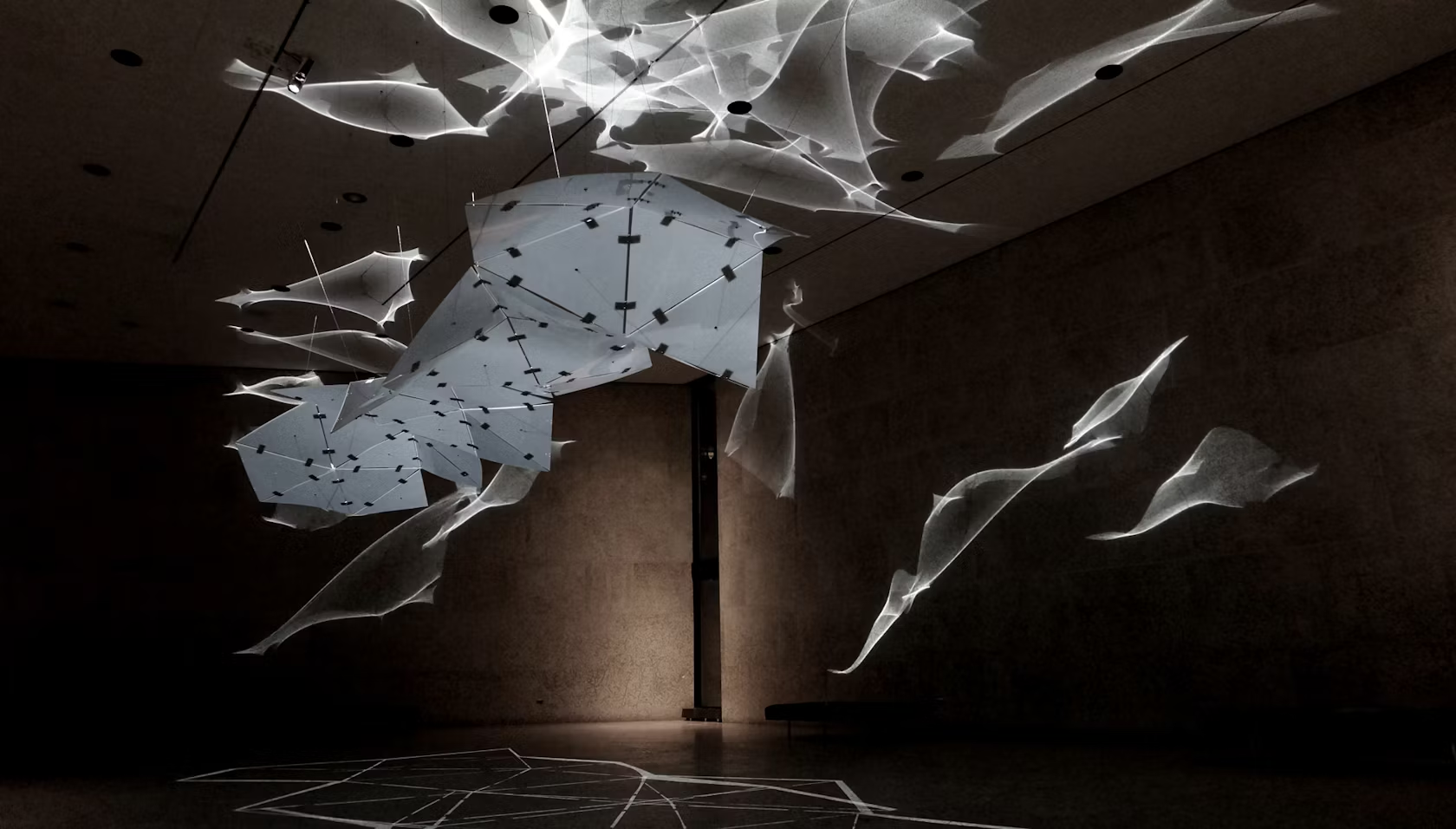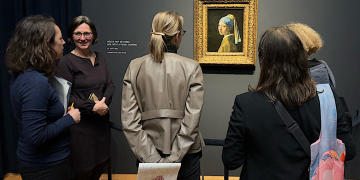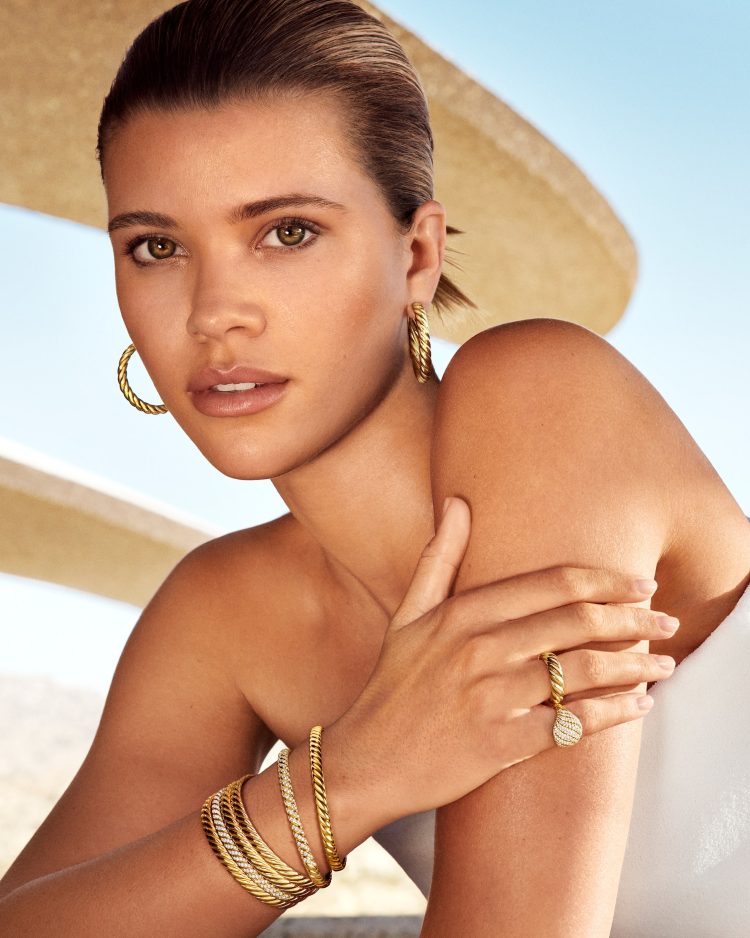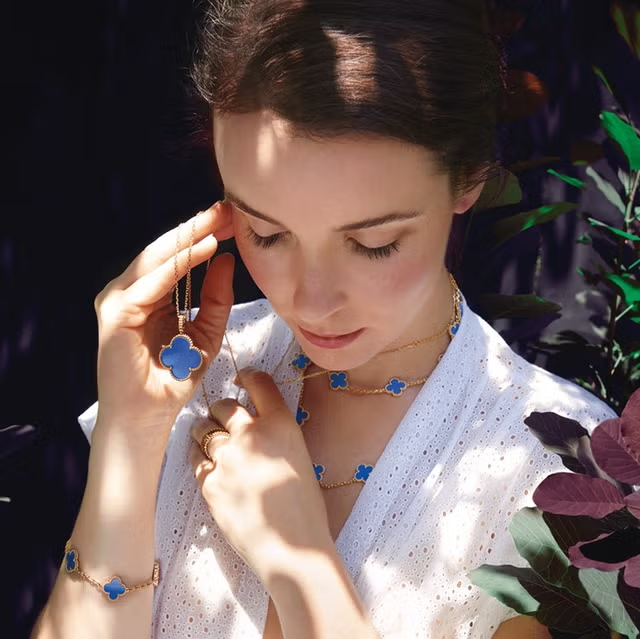Introduction
Rolex, a brand synonymous with luxury, prestige, and timelessness, has been one of the leading names in the luxury watch and jewelry market for decades. The brand’s success is not just the result of its high-quality craftsmanship and iconic designs, but also the result of a well-executed and enduring brand strategy. From its beginnings in the early 20th century to its current position as a symbol of luxury, Rolex has been able to navigate the changing dynamics of the market while staying true to its heritage.
This article explores how Rolex’s brand strategy has helped it remain at the forefront of the luxury watch and jewelry market. We will examine the key components of its brand identity, marketing strategies, product offerings, and unique positioning. By focusing on quality, exclusivity, and a deep understanding of consumer psychology, Rolex has managed to retain its market-leading status in a competitive and rapidly evolving luxury landscape.
1. A Legacy of Precision and Quality: The Foundation of Rolex’s Brand
- The Genesis of Rolex: Rolex was founded by Hans Wilsdorf and Alfred Davis in London in 1905, initially under the name “Wilsdorf and Davis.” The company was later renamed to Rolex in 1908. From the very beginning, Rolex was built on the foundation of precision and innovation. The brand was one of the first to create a waterproof wristwatch, which set it apart from competitors. This section will explore how Rolex’s early commitment to quality and precision laid the groundwork for its future success.
- Commitment to Craftsmanship: Rolex’s brand identity is deeply tied to its uncompromising attention to detail and superior craftsmanship. Every piece is meticulously designed and made in-house, with the highest standards of Swiss watchmaking. The craftsmanship behind each Rolex timepiece has made it a symbol of reliability and durability, characteristics that consumers still associate with the brand today.
- The Role of Innovation: Rolex has constantly sought to innovate in terms of materials, design, and technology. The creation of the Oyster case (the world’s first waterproof wristwatch case) and the Perpetual movement (an automatic winding mechanism) were groundbreaking. This section will examine how Rolex’s consistent focus on innovation while maintaining the brand’s heritage has ensured its ongoing success.
2. The Rolex Brand: Perception of Luxury and Exclusivity
- Rolex as a Symbol of Status: Rolex has carefully cultivated an image of exclusivity and luxury. It is not merely a timepiece, but a statement of success, wealth, and sophistication. Owning a Rolex is seen as a milestone for many individuals, representing achievement and personal success. This section will delve into how Rolex has positioned itself as a symbol of prestige and the role this perception plays in its marketing strategy.
- The Power of Exclusivity: Rolex has maintained its high status by controlling its supply and distribution. The brand is known for its limited availability, which increases demand. Unlike other luxury brands that flood the market with products, Rolex carefully manages its distribution channels to ensure that demand exceeds supply, adding to its exclusivity. This section will explore how Rolex’s distribution strategy and pricing models contribute to its luxury positioning.
- Brand Perception Through Celebrity Endorsements and Sponsorships: While Rolex is known for its subtlety in endorsements, it has worked with a range of high-profile athletes, explorers, and celebrities over the years. From tennis legends like Roger Federer to world-class divers like Jacques Cousteau, Rolex’s collaborations with icons help reinforce its brand values of precision, adventure, and excellence. This section will look at the role of sponsorships and celebrity endorsements in enhancing Rolex’s brand perception.
3. The Role of Product Diversification in Rolex’s Strategy
- Iconic Collections: Rolex has managed to maintain its position as a market leader in the luxury watch sector by offering a diverse range of models that appeal to various customer preferences. From the classic Oyster Perpetual to the bold Rolex Submariner, the brand offers watches that cater to different lifestyles and tastes. This section will explore how Rolex balances its range of products, ensuring that each model maintains its prestigious image while appealing to different consumer segments.
- Limited Editions and Special Releases: Another element of Rolex’s product strategy is the introduction of limited edition models and special releases. These watches are often introduced in collaboration with prestigious events, such as major sports tournaments or anniversaries of historical milestones. These special editions help create a sense of rarity and desirability, driving demand. This section will delve into the impact of limited edition releases on consumer excitement and brand value.
- High-Performance and Utility Watches: Rolex is renowned for creating timepieces that excel not only in luxury but also in functionality. The brand’s focus on producing high-performance watches, such as the Rolex Daytona for motorsports or the Rolex Sea-Dweller for divers, highlights its commitment to combining luxury with utility. This section will discuss how Rolex’s dual focus on aesthetics and practicality has made it a standout in the market.

4. Rolex’s Marketing Strategy: Building a Timeless Brand
- The Power of Heritage and Tradition: Rolex’s marketing strategy emphasizes its rich heritage, which is a powerful selling point for luxury consumers. The brand has consistently marketed itself as a symbol of timelessness, associating its watches with lasting value and generational appeal. This section will explore how Rolex uses its history as part of its marketing message to maintain a connection with consumers and reinforce its image of stability and permanence.
- Rolex and the Art of Storytelling: Rolex has perfected the art of storytelling. Through its iconic advertisements, documentaries, and the “Rolex Experience,” the brand connects emotionally with its audience. This section will examine how Rolex crafts stories around its watches, tying them to themes of exploration, achievement, and success. By aligning itself with high-profile adventurers, athletes, and cultural icons, Rolex enhances its brand narrative.
- Word-of-Mouth Marketing and Brand Loyalty: Rolex’s marketing success can be attributed not only to traditional advertising but also to word-of-mouth and brand loyalty. Rolex owners are often among the most loyal customers in the luxury market, and their positive experiences with the brand create a ripple effect. This section will explore how Rolex’s customer loyalty program, brand community, and customer relationships contribute to its overall marketing strategy.
5. Digital Transformation and the Role of E-Commerce
- Rolex’s Digital Strategy: In a world that is increasingly focused on online shopping and digital engagement, Rolex has been notably conservative in embracing digital platforms. Unlike many luxury brands that have embraced e-commerce, Rolex has maintained a policy of selling only through authorized retailers. This section will examine why Rolex has chosen not to sell directly online and how this decision aligns with its brand values of exclusivity and personal customer experience.
- Social Media and Digital Presence: Although Rolex does not sell online, it has maintained a strong presence on social media platforms like Instagram, Facebook, and YouTube. The brand uses these platforms to share content that showcases its craftsmanship, heritage, and associations with high-profile events. This section will look at how Rolex uses digital media to enhance its brand presence while maintaining an air of exclusivity.
- Maintaining Brand Consistency in the Digital Age: Rolex’s digital strategy is carefully crafted to ensure brand consistency. While many luxury brands actively engage with their digital audience, Rolex has remained selective in how it engages with the public. This section will discuss how Rolex balances traditional values with modern digital marketing, ensuring that its digital presence complements rather than undermines its luxury identity.
6. The Future of Rolex: Adapting to Changing Consumer Demands
- The Challenge of Sustainability: As sustainability becomes an increasingly important concern for luxury consumers, Rolex is beginning to face pressure to demonstrate its commitment to the environment. This section will discuss how Rolex is adapting to changing consumer values regarding sustainability, from sourcing materials ethically to reducing its carbon footprint.
- Adapting to the Digital Consumer: While Rolex has resisted the move to e-commerce, the digital landscape is changing rapidly. Younger, tech-savvy consumers are increasingly important in the luxury market, and Rolex will need to find ways to connect with these digital-first buyers without compromising its brand identity. This section will explore potential strategies Rolex might employ to engage younger consumers while maintaining its image.
- The Role of Innovation in Maintaining Leadership: Rolex’s focus on innovation has been a cornerstone of its success. Looking to the future, the brand will need to continue innovating in both design and technology to stay competitive. Whether it is through the development of new materials, enhancements in watch functionality, or integrating new technologies, this section will examine how Rolex plans to innovate in the coming years to maintain its position as a leader in the luxury watch market.
Conclusion
Rolex’s continued dominance in the luxury jewelry market can be attributed to a multifaceted brand strategy that combines a rich legacy of craftsmanship, innovation, and exclusivity with a carefully curated marketing approach. By emphasizing its heritage, maintaining tight control over distribution, and embracing subtle digital strategies, Rolex has been able to maintain its position as the world’s most recognizable luxury watch brand. Moving forward, the brand will need to carefully balance tradition with innovation in order to continue leading the market while adapting to the changing preferences of luxury consumers.

